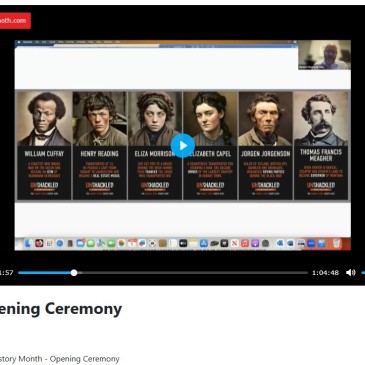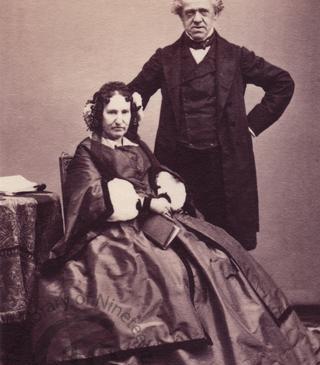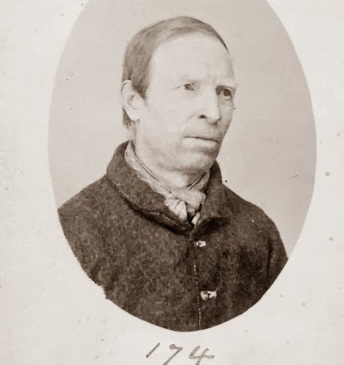Beware AI generated images of your criminal ancestors!
No extent of warnings that the images created are FAKE will ever account for Hamish Maxwell- Stewart’s waste of public research money in this, his latest attempt at messing up the digital environment with FAKE images of your deceased family members which he has assigned to YOUR REAL FAMILY NAMES. These images are FICTIONS playing with eugenics and phrenology all over again, this time with a new toy called ChatGPT. In a new exhibition assisted by Andrew Redfern called UNSHACKLED (2023) proposed for the National Trust at the old Penitentiary, Hobart Gaol, Campbell Street, Maxwell-Stewart wants you to believe this nonsensical indulgence is worthwhile. No it isn’t. It’s a waste of time and money, with no authentic historical merit and no apology for any distress he is causing to bearers of those family names. He has created FAKE images of 19th Tasmanian prisoners to show YOU what your ancestor MIGHT have looked like, subsuming in the process those real photographs already extant in Australian public collections, correctly attributed to government contractor Thomas J. Nevin taken in the 1870s, and now building on a previous mess of FAKE and homogenised “Port Arthur offenders” images of 1870s prisoners he developed for an earlier exhibition held there at the Old Penitentiary in 2019. … More Beware AI generated images of your criminal ancestors!










































You must be logged in to post a comment.